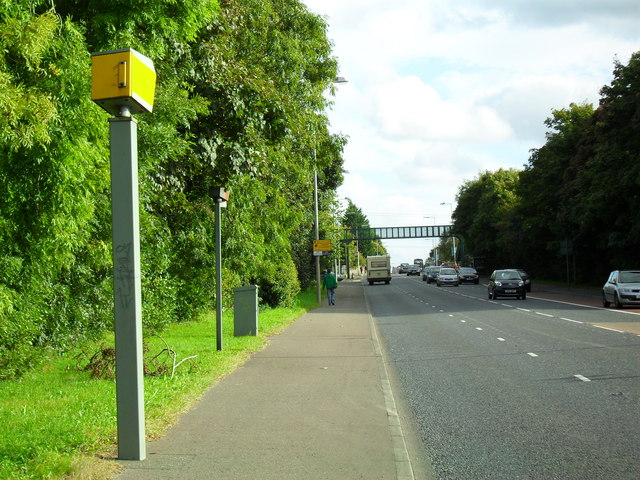
Road Safety Audit and Safety Impact Assessment
Road safety audit is a formal procedure for independent assessment of the accident potential and likely safety performance of a specific design for a road or traffic scheme – whether new construction or an alteration to an existing road.
Road safety impact assessment is a formal procedure for independent assessment of the likely effects of proposed road or traffic schemes, or indeed other schemes that have substantial effects on road traffic, upon accident occurrence throughout the road network upon which traffic conditions may be affected by the schemes.
These two procedures enable the skills of road safety engineering and accident analysis to be used for the prevention of accidents on new or modified roads. They thus complement the use of these same skills to reduce the occurrence of accidents on existing roads by means of local safety schemes.
Both procedures have strong contributions to make to rational and effective decision-making when considering alternative options, and safety audit is important to the achievement of a safe design for a chosen alternative. The two procedures are complementary – the aim is similar and the difference is in scope and timing.
This review aims to describe and illustrate the use of safety audits and safety impact assessment in helping to design and build safe road and traffic schemes, and at the planning stage in choosing which schemes to progress from among a range of possibilities. Generally, roads are designed with a large number of criteria in mind, such as travel time, user comfort and convenience, fuel consumption, construction costs, environmental impact and objectives of urban or regional planning. Safety is one of the criteria, but is often implicitly assumed to be achieved by adhering to prescribed standards of alignment and layout for each element of the design. These standards are indeed laid down with safety in mind, but experience shows that adherence to them is not sufficient to ensure that a resulting design is free from avoidable hazardous features. Formal safety audit and safety impact assessment procedures ensure that independent expertise is used to make explicit the safety implications of an entire design and, in doing so, lead to safer designs of both new and modified roads.
The first two Sections deal in more detail with safety audit and safety impact assessment respectively, presenting information on procedural, methodological and organisational aspects, illustrated by means of specific case studies. Section 4 provides some information about the cost-effectiveness of safety audit as estimated in different countries where this approach has already been in use for some time. Section 5 considers the role of Member States and the European Union in promoting safety audit and safety impact assessment. In the last Section, the main conclusions are set out.
Download







